SHARE PRIZE 2010
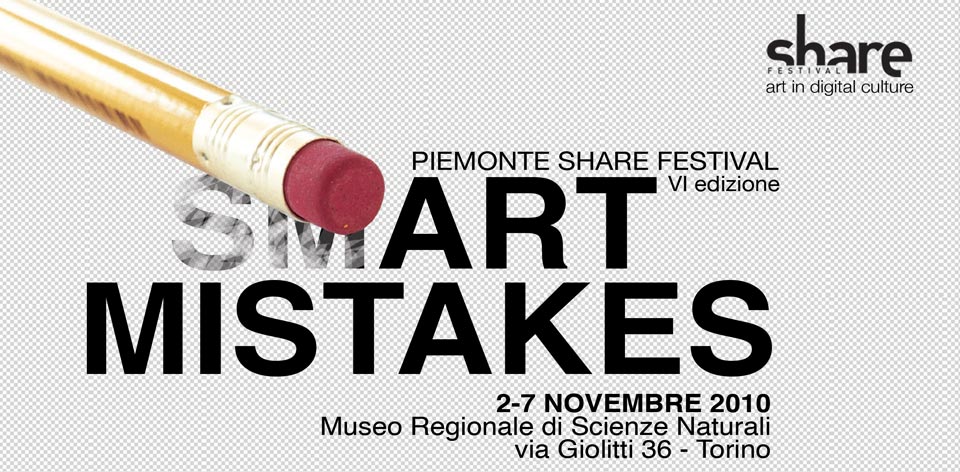
“Smart Mistakes”
The Share topic of Smart Mistakes reflects an emergent world generated by social networks, synchronicities, strange disasters and happy accidents. Only Share Festival would bring Torino a musical DJ set performed by a living bed of ants.
Fragility, entropy and the junk aesthetic reflects a global lifestyle of breakdowns and make-dos, embodied by the Electrical Theater, which is made of repurposed household objects and zombie machinery.
Web cinema shows its unique strengths with a crowd-sourced digital remake of Djiga Vertov’s classic “Man with a movie camera”. Every shot of this seminal silent film is to be re-shot and displayed by Internet volunteers — especially the Turinese, whose Cinema Museum has become a world center for studies in cinema.
A gentler, more personal kind of interaction is represented by a responsive, towering ripple of misty light in the ambient architectural spaces of Torino’s Museum of Natural Science.
Amid the airless vitrines of stuffed animals is a glowing, whirling, breath-propelled installation of digital particles, with the breathing artist herself performing in darkness.
Our sixth fortunate mistake is a shambling, anonymous performer who will roam Turin while remaining unseen by video surveillance. The power of network society manifests itself through complex effects, devoid of obvious causality.
These six artworks are haunted rather than intentional, generative as well as expressive. By making “Smart Mistakes,” artists can break walls, break windows, and break new ground, achieving unforeseeable effects impossible without asserting the universal right of both humans and machines to fail in the best way possible.
From the six finalist (Ernesto Klar, Kuai Auson, Perry Bard, Sonia Cillari, Knowbotic Research and Teatrino Elettrico) the judges selected Ernesto Klar winner of Share Prize. His interactive, audiovisual installation Relational Lights uses light, sound, haze and a custom software system to create fluid, gradual transformation, a three-dimensional light-space that the audience can interact with actively, manipulating it with their presence and movement.
Honorary mention was given to Kuai Auson for the work Oh!M1gas, based on the activity of an ant colony under video and audio surveillance, transforming the ants into DJs and creating a sound-reactive space which reveals the connection between scratching, as an aesthetic expression created by human culture, and the ‘calls’ produced by the ants as a means of communication.
Jury Statement
On behalf of the judges, Bruce Sterling explained the decision saying:
The winner of the Share Prize 2010 is Ernesto Klar for his installation Relational Lights. In this work, a huge algorithmic complex is hidden behind a simple, elegant interface. This work of interactive art is a fantastic, world class work – congratulations Ernesto.
Our special commendation goes to Kuai Auson for the installation Oh!M1gas (pronounced “hormigas”). In this unique, ingenious work from Cologne, ants – social networkers par excellence – become techno musicians. An intelligent industrial design acts as back-up to the musical ants, which after touring several countries are now performing here in Italy too – good luck with your career Kuai.
The Jury
- Jurij Krpan, artistic director “Kapelica Gallery”, Ljubjana – chairman
- Andy Cameron, Interactive Creative Director “Wieden + Kennedy”, London
- Bruce Sterling, writer and journalist, Austin
- Fulvio Gianaria, president “Fondazione Arte CRT”, Turin
2010 – Winner
Luzes relacionais
Ernesto Klar (IT/VE/USA)
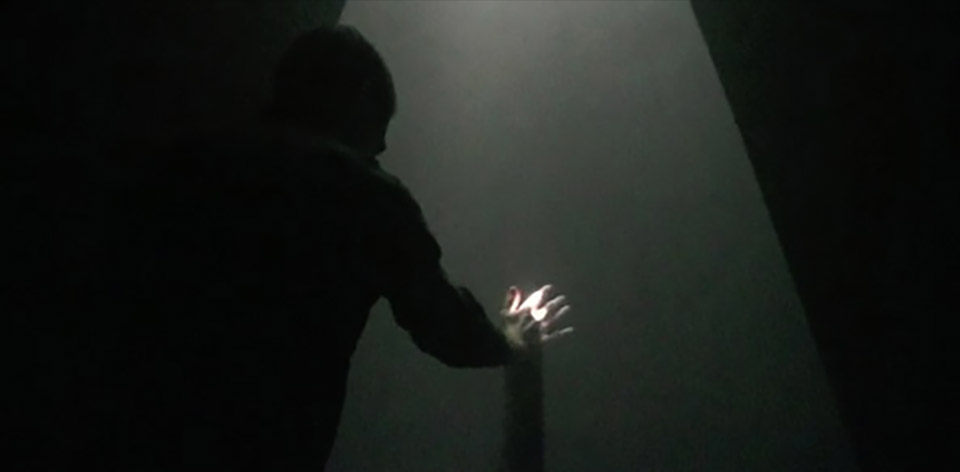
Luzes relacionais (Relational Lights) is an interactive audiovisual installation that explores our relationship with the expressional-organic character of space.
The installation uses light, sound, haze, and a custom-software system to create a morphing, three-dimensional light-space in which spectators actively participate, manipulating it with their presence and movements. “Luzes relacionais” is pays homage to the work and aesthetic inquiry of Brazilian artist Lygia Clark.
2010 – Honorary Mention Winner
0h!m1gas
Kuai Auson (EC)
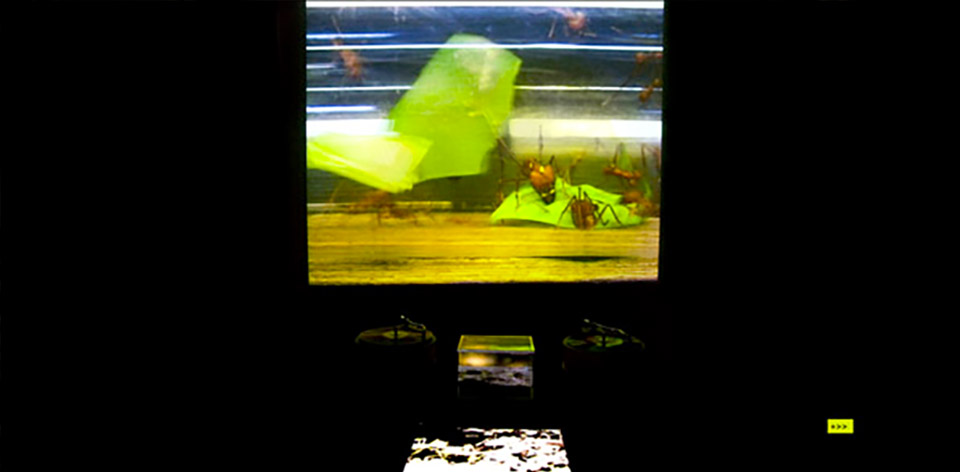
0h!m1gas is a biomimetic stridulation environment based on the activity of an ant colony under video and audio surveillance, transforming the ants into DJs and creating a sound-reactive space which reveals the connection between scratching, as an aesthetical expression created by human culture, and the stridulation phenomena produced by ants as a communication mechanism.
2011 – Entry Selected #3
DC12V
Teatrino Elettrico (IT)
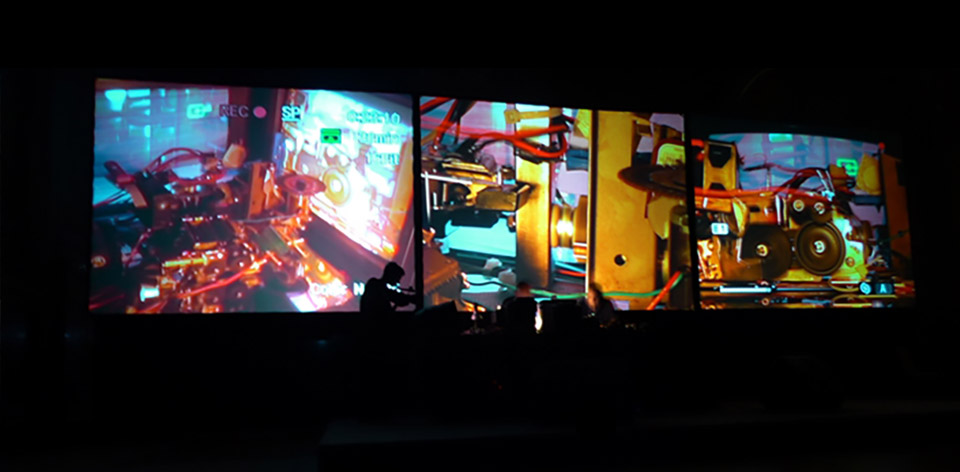
DC12V is a board-game version of elektrolivecircus. Sounds are generated using analogue instruments only, recordings of movements, percussion, friction and the electromagnetic fields of various everyday machines.
Small in converted into big, futile into necessary, objects into personages, the board into a location. A desktop tragedy in one act for self-propelled machines.
2011 – Entry Selected #4
Man with a Movie Camera
Perry Bard (CDN)
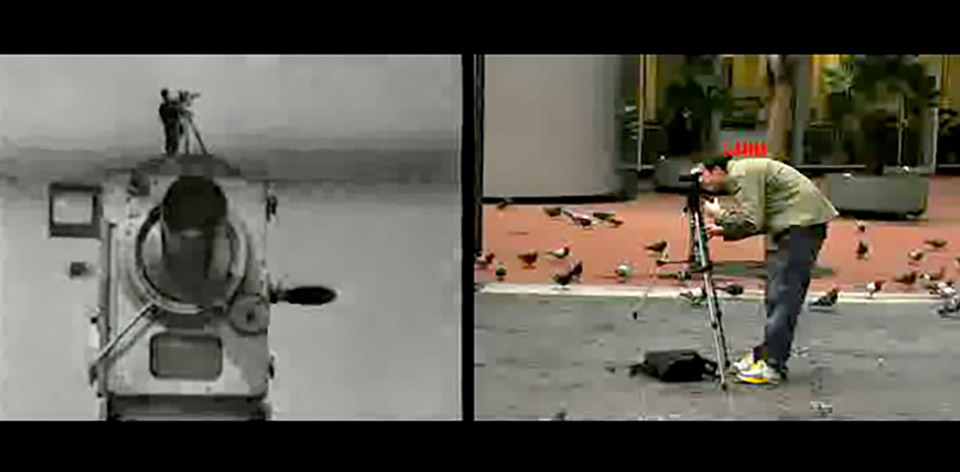
Man With a Movie Camera: The Global Remake is a participatory video shot by people around the world who are invited to record images interpreting the original script of Vertov’s Man with a Movie Camera, and upload them to http://dziga.perrybard.net, where software developed specifically for this project archives, sequences and streams the submissions as a film
2011 – Entry Selected #5
As an artist, I need to rest
Sonia Cillari (IT)
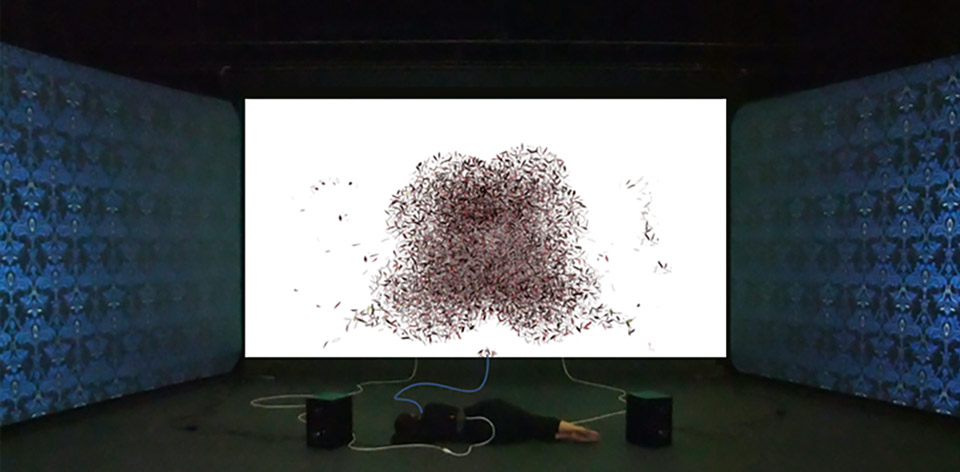
The artist is lying still on the floor of the exhibition space, exhaling through a very long cable, which departs from inside her left nostril and ends at the centre of the main screen, suspended from the floor.
A digital creature which she calls ‘feather’ is entirely generated by her exhaling into the suspended screen.
During the performance, Sonia Cillari exhales 14,000 digital elements and brings the digital feather into more than 6 different states of beings, from ‘addition’ to ‘resistance’ patterns of life.
2011 – Entry Selected #6
Macghillie_ just a void
Knowbotic Research (CH)
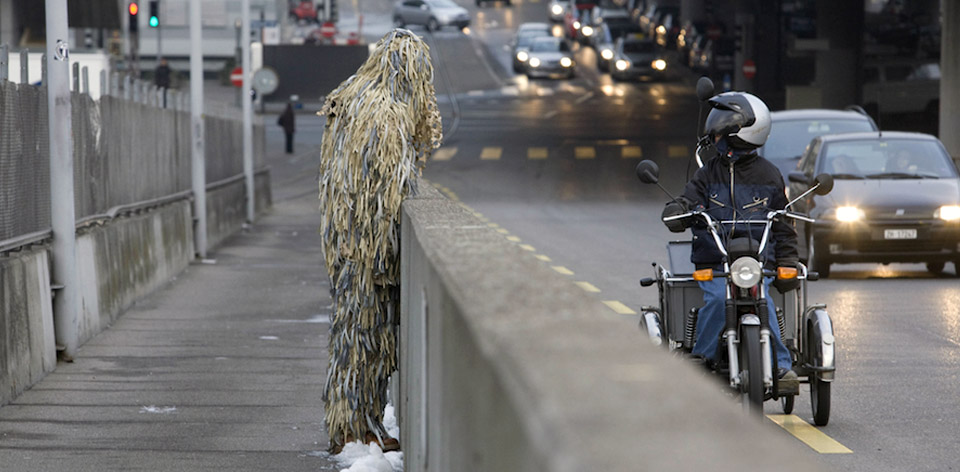
In the public performance project MacGhillie, urban sites are visited by a figure, clad in a camouflage suit, who shows neither the traits of an individual, or even of a person.
The so-called Ghillie Suit was originally invented in the 19th century for hunting and was later also used during the First World War (bis heute).
Its camouflage anonymizes and neutralises of the person who wears it in public. The figure oscillates between the hyperpresence of a mask and visual redundancy.